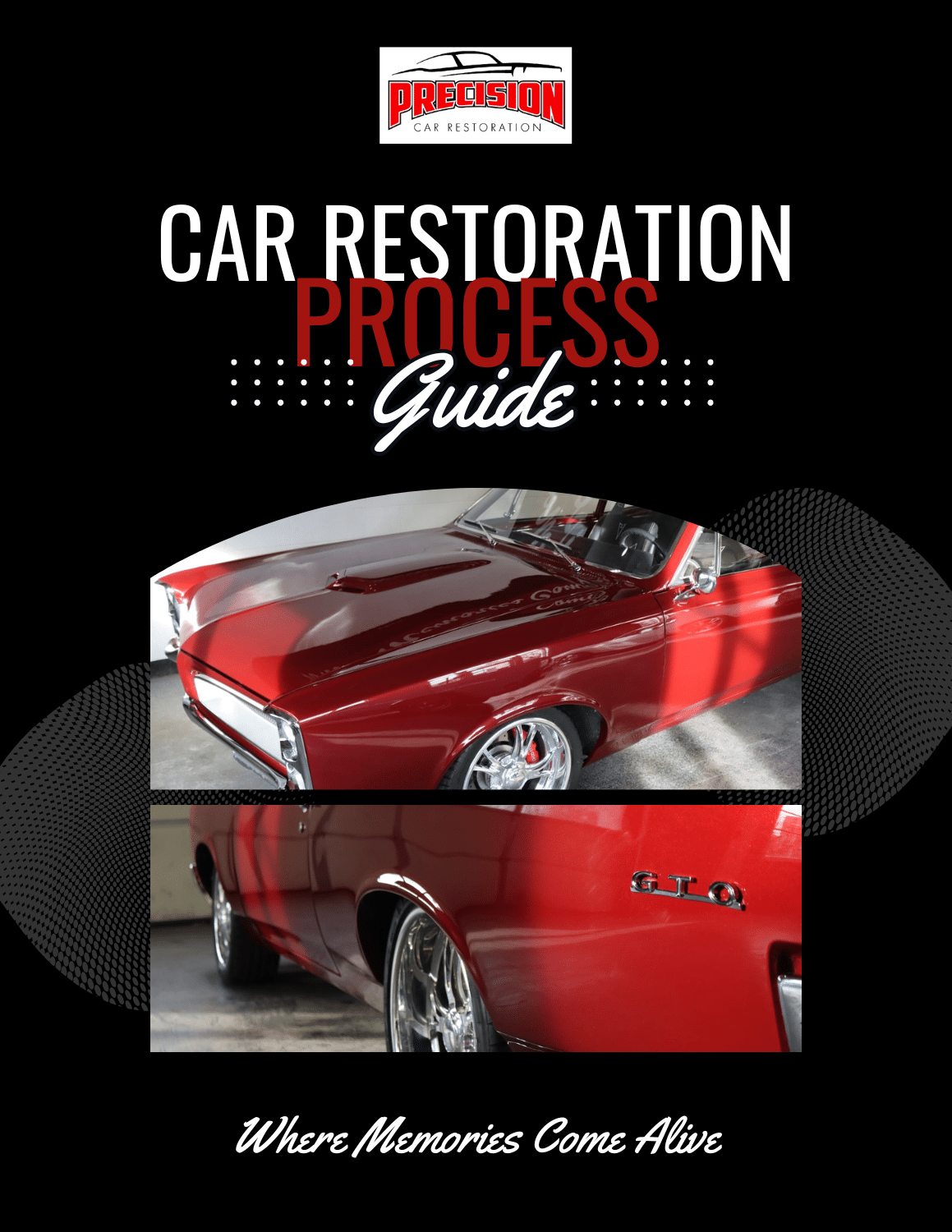A clean fuel and brake system are essential to long term performance. In order to keep these systems clean brake and fuel lines often need to be replaced. In the aftermarket world companies like Classic Tube and The Right Stuff Detailing manufacture pre-bent kits for vast array of vehicles. These kits can come in OEM steel or stainless steel. Depending on your ultimate goal your decision is completely up to you.
In the event that your vehicle’s lines are not available and you are forced to bend you own, bending and routing your lines properly is extremely important. Having your lines routed properly will reduce the risk of failure due to kinks, snags, or leaks. These are few things to consider while plumbing your restoration. They will help you understand the basics of plumbing and routing.
The first thing to know understand is that links and couplers are never a good idea. These are just one additional are that can potentially cause a leak, especially when it comes brake lines. Brake lines can operate at pressures of 1600- 1800 psi, and at this pressure, any flare or coupler can be susceptible to leaking. The solution to this is buying your line in long rolls rather than pre flared straight sticks. This will give you a much longer run of line before a flare is necessary.
Clean bends and turns are always a plus. There is no substitute for a good bending tool. Not using a good tool will increase your risk of a kinked or collapsed line. Tubing benders can be fairly inexpensive and will be your best friend with keeping your plumbing clean. Sharp turns and angles can be easily made using a good bender, without ruining your tube trying to bend things by hand.
Properly securing your brake and fuel lines are important to good plumbing. These lines can easily be the source for rattles and noises. As the line is not completely rigid and dangling or loose lines can shake and rattle. Loose lines are also hazards for getting snagged. Whether you have a frame dragging low rider or a lifted off road truck, There are always hazards that could possibly snag a brake or fuel line causing catastrophic damage. Make sure you fuel and brake lines are tucked to the bottom of the vehicle at tight as possible and secured clamps that hold the line tight without crushing.
Be aware of moving parts, especially on axels and suspension. Far too often we see vehicles with smashed lines and poorly working brakes because the installer did not take into account the travel of the suspension. Obviously flexible hoses need to be used on these moving suspension parts, but hard lines along rear ends can become crushed by low hanging exhaust. Front rubber lines can be crushed in a coil spring or become stretched and stressed during turning. When attaching your lines, be sure to consider the travel of moving parts.
Indifferent areas a hard line may extend from a fully stationary point to a point that has slight movement or flex. (Such as a master cylinder to a frame sub frame bolted in with rubber mount to the body.) In many cases there is vibration and movement between the two mounting surfaces. Between these surfaces is it best to allow for your hard line to have some play. This play can be done by adding “coils” or “S” shapes in lines. These shapes allow for more flexibility of the line to prevent excessive wear, bending, or splitting of the steel line.
Overall, plumbing is mostly common sense. Taking the time to make things look right and perform right is the key. Sloppy new lines are not only ugly, but are unsafe and unprofessional.





